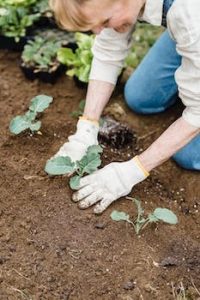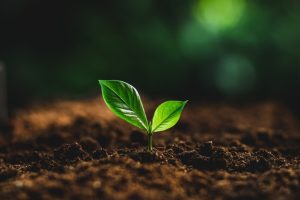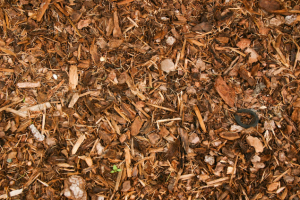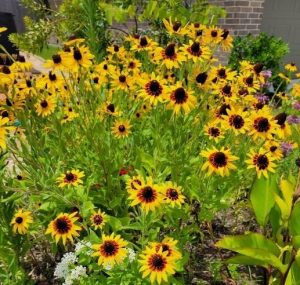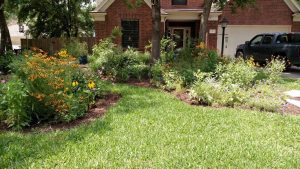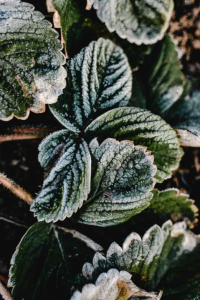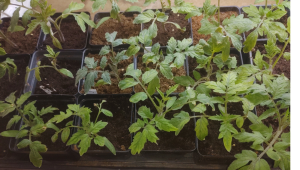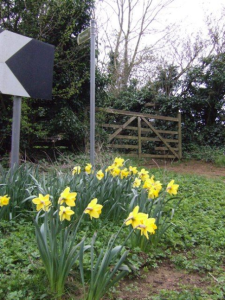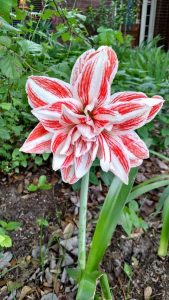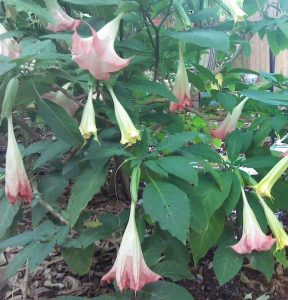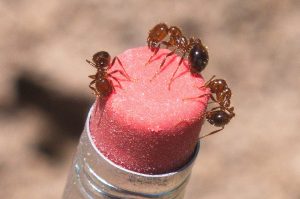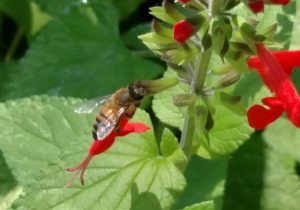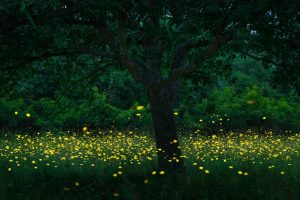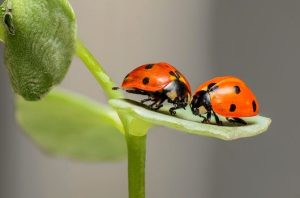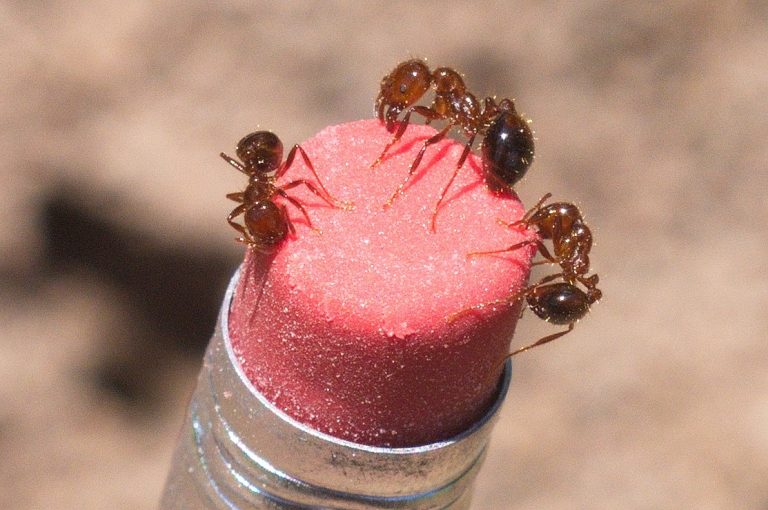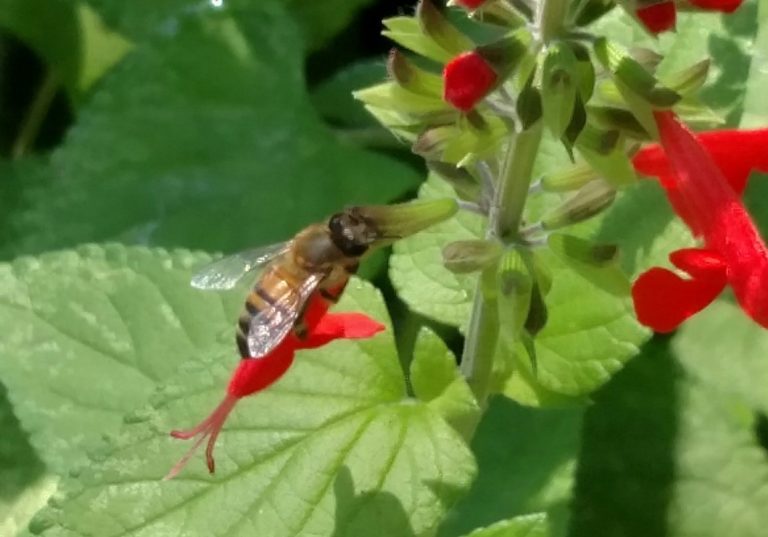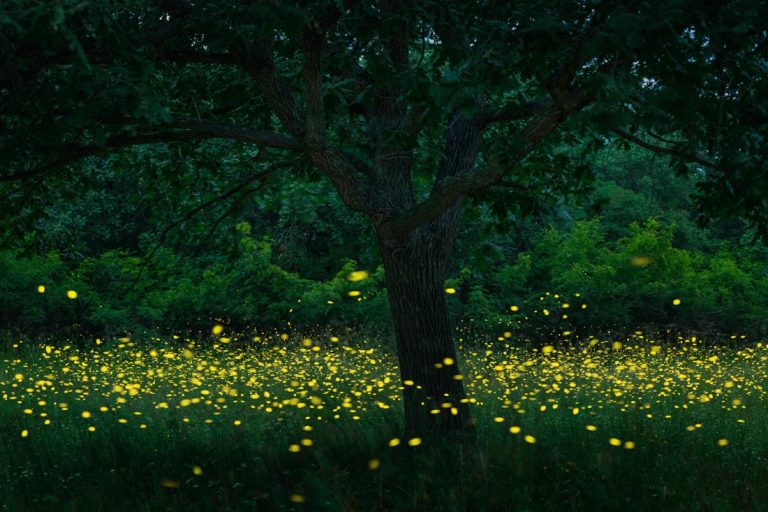Living in our urban and suburban world, we most often think of the ground under our feet as a surface to put buildings and roads on, dig canals, and foundations and ponds, meanwhile plopping a few plants hither and thither to create what we think of as
“landscapes.”
The “ground” as many of us call it is part of something much greater…part of our living planet, just as much as our dwindling for- ests, the air we breathe, and the plants and animals we eat…and interestingly, it plays a large part in all those as well.
or the “ground” is soil. It provides habitat for countless beings (there are more living things in a shovel full of soil than there are humans living on this planet). It is, as the Swiss Confederation reported recently, “the connecting element between the atmos- phere and the groundwater.”
Our understanding of soil is just beginning to emerge as perhaps one of the 21st century’s greatest scientific breakthroughs. Soil is
the basis for food production, the habitat for innumerable organisms, a water filter and a natural store for carbon and water.
Here in North America, rock, ground down by glaciers, wind, water and other natural events, flowed down streams and rivers, de- posited by floods and changing river beds, spread and deposited across the land.
In some places, large inland seas left huge deposits of organic material, as well as rocks and sand.
Sun, rain, frost and soil organisms worked together symbiotically in weathering the rock material, ultimately breaking it down into smaller and smaller particles. Slowly, soil took form. And in that form, plants and land animals began to thrive.
All the living beings that reside in the soil, all the minerals and elements that lay inside that structure, form not just a self-contained ecosystem which exists under our feet, but a truly ancient and rich ecosystem, tied inexorably to all the other ecosystems on the
planet.





